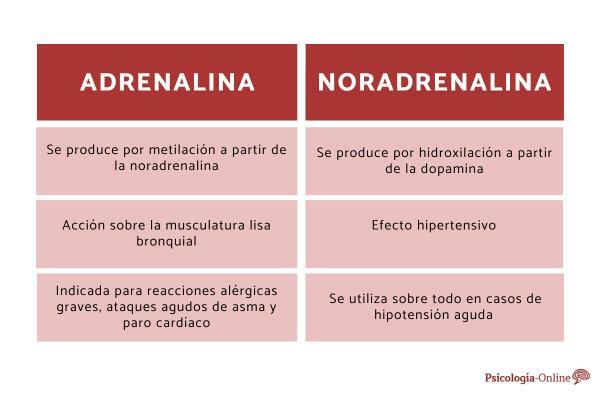
There are different circumstances before which we can feel less receptive to plans and projects. On many occasions, this emotional state is the result of a previous stage of excess activity that has led the person to physical and mental exhaustion. At other times, this discomfort may be associated with deep sadness. The disappointment of a failure or heartbreak are emotional states that can be associated with this personal situation. In Psychology-Online we tell you the keys to how to regain the desire to do things if you find yourself in one of these two situations to reconnect with the vital state of joy beyond that initial apathy that produces a feeling of stagnation.
An experience of heartbreak is one that touches the heart closely. Pain weakens the person who suffers this experience. For this reason, you feel that you do not have the same desire as before starting new activities. What to do then?
-
Practice self-motivation. One of the most important aspects of breaking this cycle of negativity is understanding that the motivation for a plan is not always at the beginning of the action. In many moments, it is the consequence of having made a plan. That is, even if you prefer to stay at home from the start, think that you will simply feel better if you go for a walk, go to the movies, meet friends or start a new personal project.
- Apathy attracts apathy. This is one of the reasons why laziness that lasts over time does not produce rest, but rather more fatigue. Produces a state of lethargy. On the contrary, when you break that inertia and connect your mind and your decision with a concrete action, you generate the beginning of a new habit after having broken the dynamics of previous sensations.
- Choose an activity That you like, that hobby that you always loved but have not practiced for a long time or, simply, this can also be a good time to take a course on a new topic. You can also take a trip even for a weekend to a destination close to your home. A trip is an important anchor point to mark a turning point with respect to the daily routine.
- Adjust your expectations. Living a new experience, meeting new people, going out for a while or giving yourself the opportunity to live in the present are very valuable reasons to undertake a new activity. However, take these purposes as a wish that for them to be possible you must give yourself the opportunity to try them. The main expectation right now is to break the inertia of inactivity. This is the final step.
- Give yourself a deadline. There are specific dates that can be significant on the calendar to mark that beginning of a new cycle. For example, the beginning of a new season, your birthday, any given Monday or the beginning of a new month.
In this other article we tell you how be happier every day so that you take into account some tips that will help you feel the will to live again.

Some failures weaken the will that is protected by means of a shell that leads the protagonist to position himself in a foreseeable comfort zone. When a disappointment produces pain, it means the death of a previous illusion. In this way, the person can experience a period of internal grief. How to recover the illusion to do things after a failure?
- Find time every day to focus on something you love, an activity with which your mind evades any concern. For example, if you love to read, enjoy good stories. Emotional pleasure is one of the most important ingredients in the recipe for happiness. For this reason, these moments fuel your motivation to do new things.
- Analyze the reason for this situation of stagnation. At this point, it is not only important that you identify the specific situation, but also your inner dialogue from that fact, that is, the interpretation that you have given to that reality. Because it is on this plane that the true blockage resides. Perhaps this is a good time to generate alternative thoughts around that issue. Change those negative and limiting ideas for other reflections typical of a growth mindset.
- Don't make excuses for yourself. Simply, set a simple and close goal in time. In this way, you overcome that previous emotional state. The first step is the most difficult, but from then on, everything flows. Also, share your purpose with other people in your closest environment. Thus, you experience that contagion effect that you feel when you receive positive feedback from other people who are happy with your own illusions.
- It starts today. When a person experiences a period of disappointment over a failure, he often thinks that any future moment is better than this to take a new action. Change this thinking. The best moment to enjoy life is today. What are you going to do today for the benefit of your own well-being? And what are you going to do so that the step you take today brings you closer to the place where you want to be tomorrow?
- Process of coaching. This experience is meaningful on a personal level since, through the coach's powerful questions, the client deepens in himself and become aware of how he has the power to project significant changes in his life from decisions specific. One of the risks of apathy that arises after a failure that has resulted in stagnation is that the person becomes entangled in the theoretical plane but has trouble taking the step to the plane of action. A coaching process is a positive initiative to limit those decisions to reality. Just as after the summer holidays it is advisable to resume the routine gradually, at this time, you can also define an action plan that goes from less to more in intensity.
This article is merely informative, in Psychology-Online we do not have the power to make a diagnosis or recommend a treatment. We invite you to go to a psychologist to treat your particular case.


